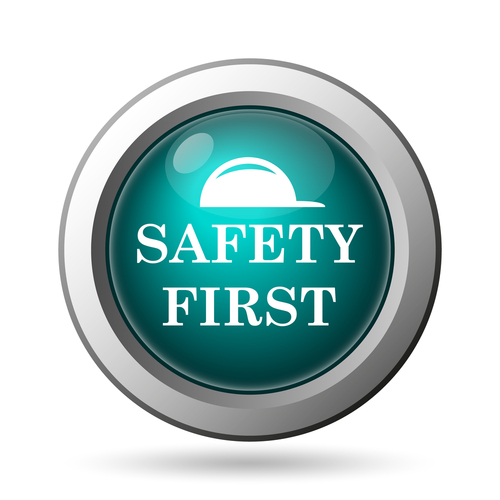 |
A regional emphasis program (REP) for Missouri, Iowa, Kansas, and Nebraska is under way and will continue until at least September 2015. What are the primary causes of vehicle struck-by accidents, and how can you prevent them at your site?
In the past 5 years, 15 percent of all workplace fatalities investigated by OSHA’s Kansas City regional office have involved vehicles striking employees in the workplace. These incidents are caused by traditional vehicles (cars and trucks), as well as forklifts, semitrucks, and other moving industrial equipment like cranes and yard trucks.
Just recently, a construction worker died in Maine after being struck by a dump truck in a construction site on the Maine Turnpike. OSHA is investigating.
“Fatalities occurring from vehicles striking workers are senseless and preventable,” said Acting Regional Administrator Marcia Drumm. More than a third of the incidents in the region involved forklifts or semitrucks. Seventy percent of the fatal incidents took place at general industry worksites and 24 percent happened in construction.
What is the most effective and cost-efficient way to provide safety training for your workforce? Try a demo of BLR’s remarkable TrainingToday® at no cost or obligation.
8 tips for vehicle safety
Train operators of moving vehicles in the following safety practices and make sure they consistently follow the rules.
- Inspect vehicles before each shift to ensure their safe operating condition.
- Pay particular attention on steep grades or ramps that might cause a tipover.
- Never drive a vehicle in reverse gear with an obstructed rear view unless there is an audible reverse alarm or another worker signals the all clear.
- Set parking brakes when vehicles and equipment are parked and chock the wheels if the vehicle is parked on an incline.
- Lower or block bulldozer and scraper blades, end-loader buckets, etc., when not in use, and leave all controls in a neutral position.
- Ensure that workers can be seen in all types of light by wearing warning clothing like orange or red vests and reflective garments at night.
- Never exceed the rated load or lift capacity of a vehicle.
- Never carry people unless there is a passenger seat and the rider is using a seat belt.
Try a demo of BLR’s remarkable award-winning TrainingToday® at no cost or obligation. This includes the Workplace Safety Library. Get the details.
In the next Advisor, we’ll look at cold weather safety training and how it helps your bottom line to prepare workers for winter hazards.
